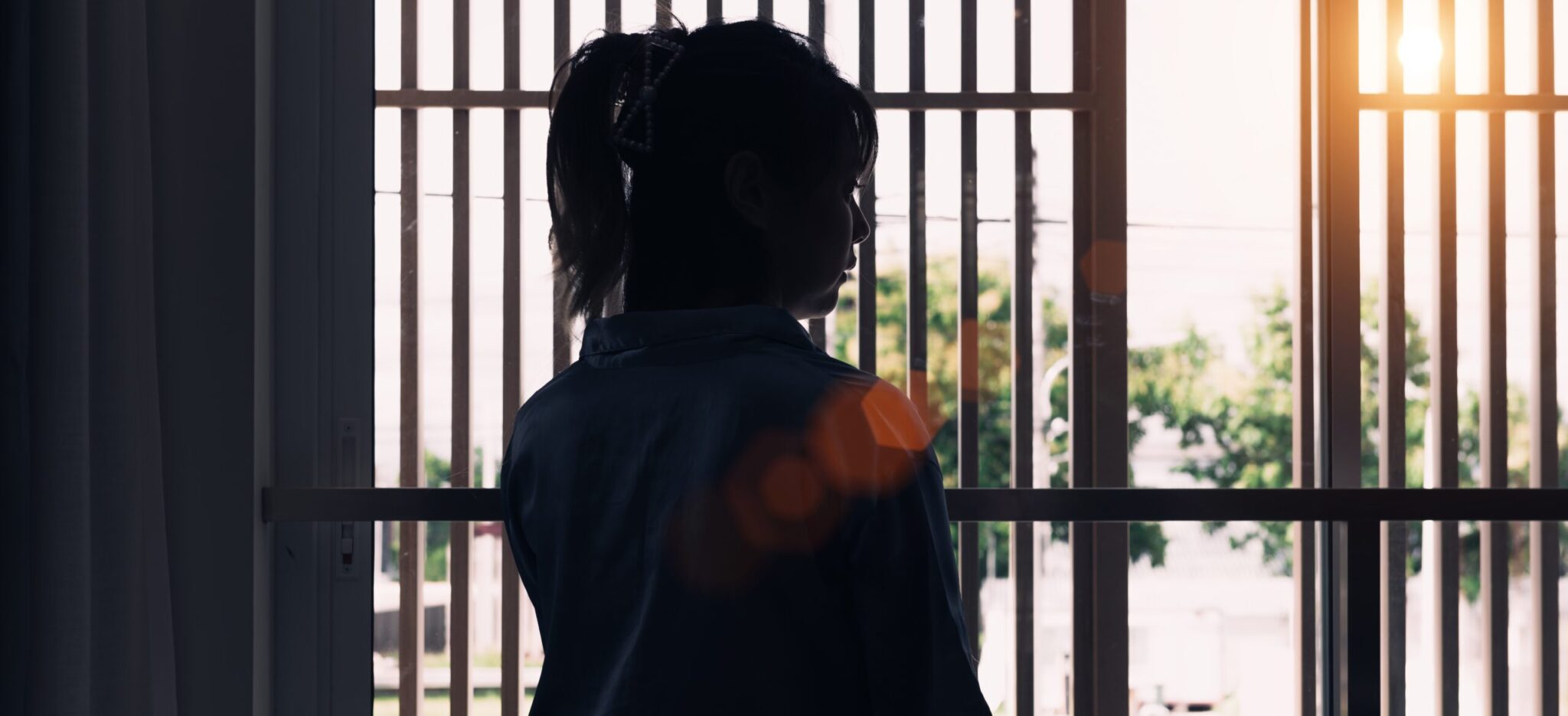In recent years, researchers have sounded an alarm about projected growths in older adult homelessness. The recent release of the 2019–2020 Annual Homeless Assessment Report (AHAR) Part 2, along with previous versions of the report, confirm these concerns.
People using emergency shelters, transitional housing, or safe havens are more likely to be under the age of 50, but the share of those 50 and older has been growing. According to Part 2 of the previous AHAR (published in 2017), homelessness among adults over 50 years of age rose from nearly 23 percent of the total sheltered homeless population in 2007 to over 33 percent 10 years later. In terms of sheer numbers, this was nearly 30,000 more sheltered people over the 10-year period for just those 62 and older.
The latest AHAR Part 2, which was released this month and shows sheltered homelessness data in 2019 and 2020, reports that this trend continued during the early part of the pandemic. In 2020, the share of people experiencing sheltered homelessness who were 55 and older was 18 percent, up from 16.5 percent in 2019. Older adults were still generally considered to be underrepresented among overall people experiencing sheltered homelessness in 2020 since those aged 55 and older comprised a greater share of the U.S. population.
Importantly, while most homeless older adults were in the 55 to 64 age range, increases in older adult homelessness were driven mostly by the rising share of elderly adults—those 65 and older. This group represents one of the most vulnerable and least resourced age groups. Increases in older adult homelessness were most pronounced amongst people experiencing chronic homelessness, veterans, and people living in permanent supportive housing (PSH). These numbers will be important to monitor, especially when considering if homeless service programs are adequately equipped to serve older adults in these groups and what further resources can be allocated.
Chronic Homelessness
In 2020, older adults were especially overrepresented among those experiencing chronic homelessness (people with a disability who have experienced persistent homelessness for a year or more, or briefer periods of homelessness that lasted a year or more in total). One in three people experiencing chronic homelessness was 55 and older, virtually unchanged from the year before. This compared to that same age group comprising 27 percent of the adult sheltered population. People experiencing chronic homelessness are among the most vulnerable unhoused residents; when combined with an aging population, providers may need more resources to serve this subset.
Veterans
Over half of sheltered veterans in 2020 were 55 or older. This represents a slight increase from 2019 that was largely due to the rise in the share of homeless veterans 65 and older. Older veterans experiencing homelessness made up less than four percent of overall people experiencing sheltered homelessness. Because they are such a small group, housing them would require limited resources.
Permanent Supportive Housing (PSH)
The pandemic triggered emergency closures and reduced the number of available beds in congregate shelters. This caused delays in PSH placements and limited the number of vouchers, staff, and resources that were able to be distributed to meet the full needs of homeless residents.
In this period, more than a third of people living in PSH in 2020 were 55 years of age or older. However, across all age groups, those 65 and older were the only people who experienced more than a one-percentage point increase from 2019, suggesting that this group may have been prioritized for PSH during the public health crisis.
Implications
The latest AHAR Part 2 Report highlights specific issues tied to older adults, particularly those 65 and older. Their shares of the chronic homelessness and veteran homelessness populations are growing. Older adults are taking up an increasing percentage of beds in PSH (a trend that was furthered during a time when the number of beds decreased to stop the spread of the coronavirus). However, greater policy attention must be paid to whether these programs appropriately serve the population and have enough resources to comprehensively address their needs.
Since the experience of homelessness is not the same across races, ethnicities, genders, and ages, there is also a need for more intersectional reporting by HUD in order to shed light on any existing disparities. Are older adults who are also Black, indigenous, or other people of color experiencing greater challenges or receiving a disproportionate share of system resources? Expanded data collection and analysis on these characteristics would help policymakers and providers identify and overcome systemic obstacles to housing those most in need.
Stay Updated: Solutions, Stories, and Ways to Make an Impact
Sign up to receive updates on the Alliance’s work, including the latest research, advocacy efforts, and real stories of progress — plus ways you can help drive lasting change.












